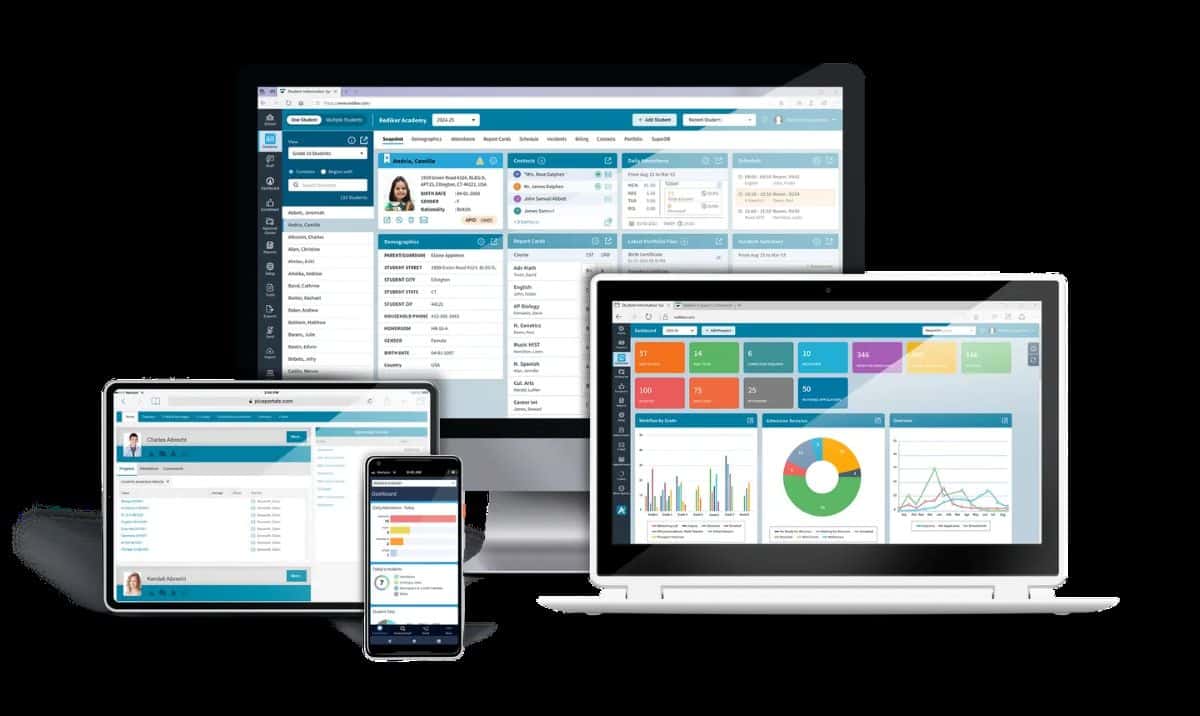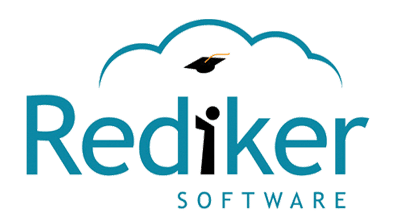Strong leadership in Christian education is about having vision and about having visibility. The ability to clearly see what’s happening across your school, from student engagement to enrollment trends, is essential for making decisions that align with your mission.
Today’s Student Information Systems (SIS) are more than digital filing cabinets. When used well, they provide the insight, structure, and accountability school leaders need to steward their people, programs, and purpose with excellence.
Whether your school is well-established or just starting out, the role your SIS plays in daily operations can either create clarity or confusion. The difference lies not in the size of your school, but in how you use the tools at your fingertips.
For some Christian school leaders, the SIS has become a background tool. It’s something that handles attendance, prints report cards, and maybe supports scheduling or admissions. But in truth, a well-utilized SIS can serve as the backbone of healthy leadership. It helps leaders see trends early, understand the needs of their community, and make decisions grounded in truth, not guesswork.
This matters for Christian schools of all sizes. Even in smaller or newer schools, knowing who’s missing too many days, where students are struggling academically, and which families may need additional support is mission critical.
In fact, the more stretched a leadership team is, the more valuable that clarity becomes. Your time and your attention are finite. A good SIS helps you focus both where they matter most.
A helpful way to think about this is in three movements: Data, Decisions, and Drive.
- Data
Is your school capturing accurate, consistent information? Are teachers and staff using common definitions for terms like “excused absence” or “behavior referral”? Are roles clearly defined in how data is entered or maintained? If not, then any insight you try to gain downstream will be flawed before it starts.
- Decisions
What happens with the data once it’s collected? A strong SIS equips leaders with dashboards, alerts, and reports that guide timely action. Whether that’s following up on missed assignments, planning for enrollment shifts, or identifying discipline trends, your system should show you what’s happening and help you respond.
- Drive
The forward motion. Are you able to track progress over time? Can you compare one term to the next, one cohort to another? Without that ability to reflect and measure, growth becomes hard to sustain. Your SIS can be a mirror for where the school is headed and where God may be leading you next.
Of course, the effectiveness of a system starts with knowing what to collect. At a foundational level, Christian schools should be tracking demographic information, daily attendance, academic performance, behavior records, admissions pipeline data, and communication history. That may sound like a lot, but each of these categories serves a purpose.
For example, a student who is chronically absent, receiving discipline referrals, and showing declining grades is not three separate issues, but a unified picture of disengagement. And if your systems don’t surface that picture early, you may miss an opportunity to intervene in ways that preserve the student’s experience and relationship with your school.
Good data systems also reduce burden, not add to it. Digital forms can replace paper packets for admissions and re-enrollment. Teachers can enter attendance and behavior in real-time. Address changes can be updated across modules without needing three emails. And when your system is doing the heavy lifting in the background, your staff is free to focus on what matters most: students, relationships, and spiritual formation.
Equally important is how your school approaches data stewardship. As Christian educators, we’re entrusted with people’s stories. Your SIS should be designed with that responsibility in mind. That means setting up appropriate permissions, defining who owns each data field, and regularly reviewing for accuracy and completeness.
Culture also plays a crucial role. The best tools in the world won’t transform your operations if your team doesn’t have the mindset or training to use them well. This means setting shared expectations about data use, offering professional development on how to read and act on reports, and modeling from the top that operational clarity is a leadership priority, not an administrative afterthought.
The good news is you don’t need to do everything at once. Start with something simple: a report on chronic absenteeism. A grade distribution dashboard. A conversion chart from inquiry to enrollment. Even one new insight can open doors to better decisions, healthier systems, and more impactful ministry.
And as your school grows, your systems should scale with you. The right SIS can support a wide range of needs, from tracking multiple grading systems and tuition plans to managing multi-campus programs. But those features matter most when the foundation is strong. That foundation is clarity.
Ultimately, this is about more than data. It’s about leading faithfully. In a world that is increasingly complex, Christian school leaders need tools that offer confidence, insight, and peace of mind. At its best, an SIS is not just software. It’s a platform for formation. It’s a tool for leadership. It’s the quiet backbone of a school that runs on purpose and lives its values in the details. Leadership is stewardship. And stewardship begins with seeing clearly.
John Schreck is director of marketing with Rediker Software, which provides K-12 private schools with technology solutions that streamline administrative tasks, improve communication, and help schools thrive, www.rediker.com.







